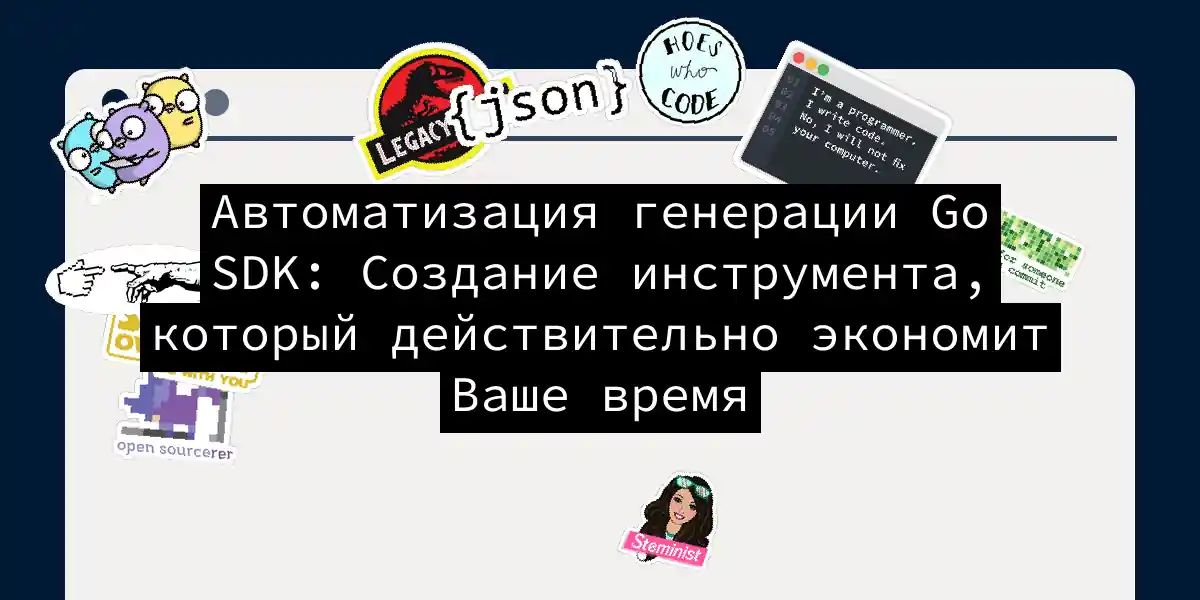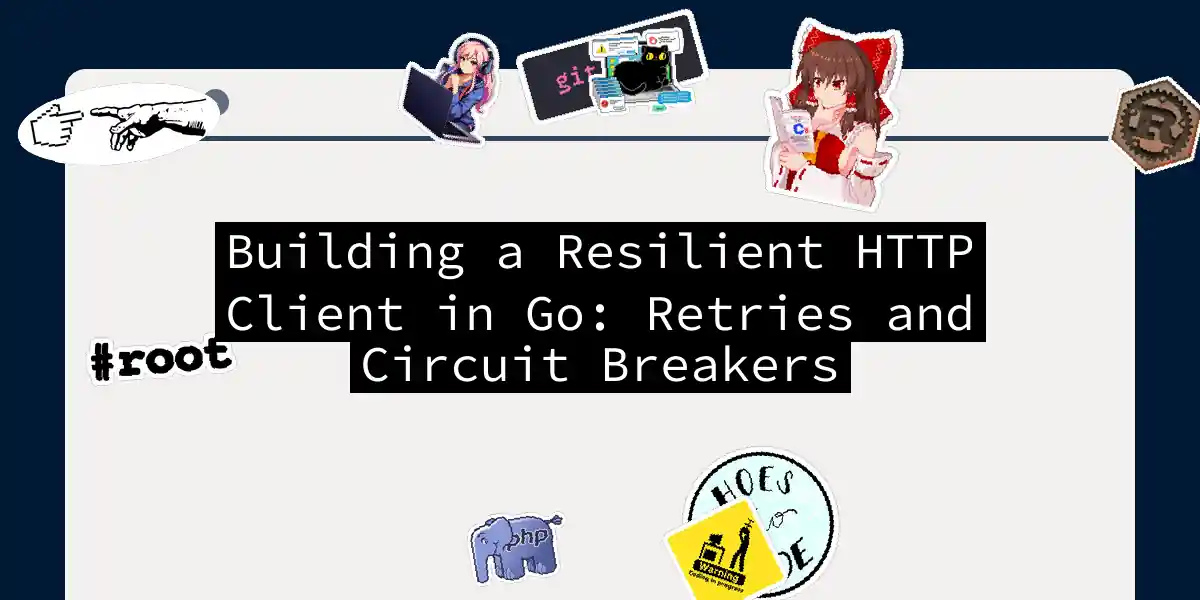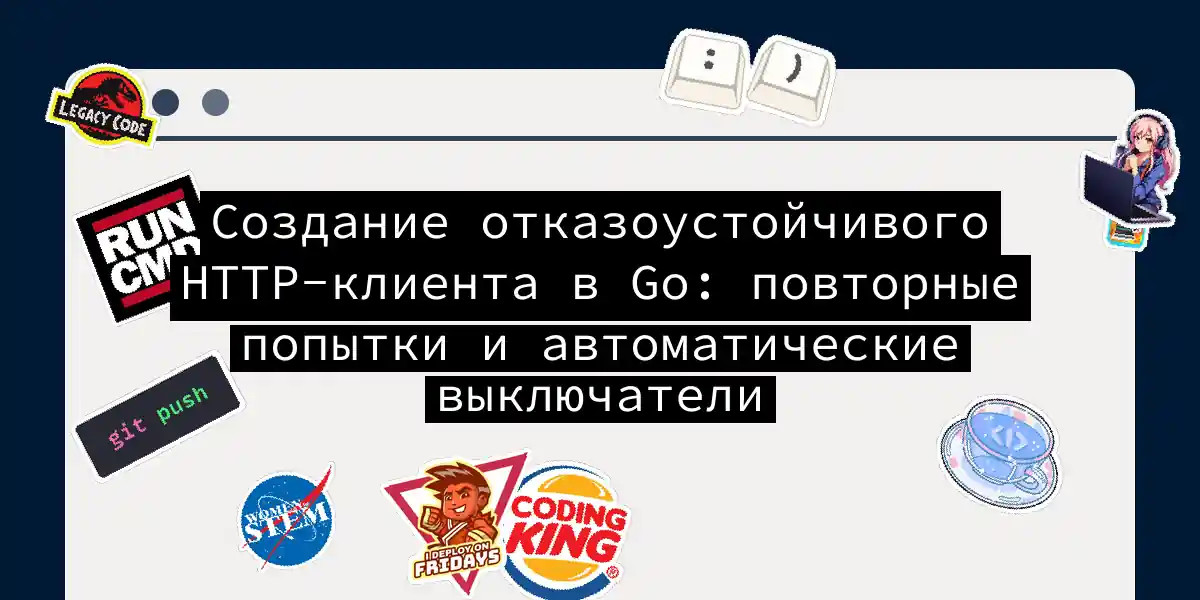
Создание масштабируемой платформы онлайн-мастерских с Go: от концепции до производства
Итак, вы хотите создать платформу для онлайн-семинаров. Возможно, вы заметили, насколько сильно мир нуждается в лучших способах обучения людей программированию на Go — языку, который удивительно прагматичен, но преступно недооценён в сообществе разработчиков. Или, возможно, вы просто устали от сбоев вебинаров в Zoom, когда одновременно подключаются 500 разработчиков (привет, проблемы с пропускной способностью). В любом случае вы выбрали Go, и это именно то, что нужно. Почему Go? Потому что Go — это швейцарский армейский нож в backend-разработке: он поддерживает параллелизм по умолчанию, компилируется в единый бинарный файл и заставляет вашу команду DevOps улыбаться, как будто они только что получили бесплатный кофе....



